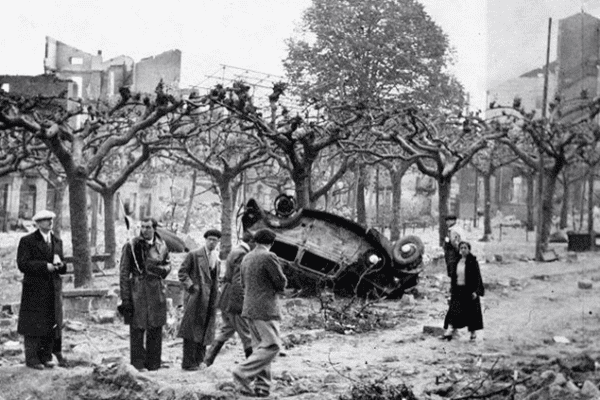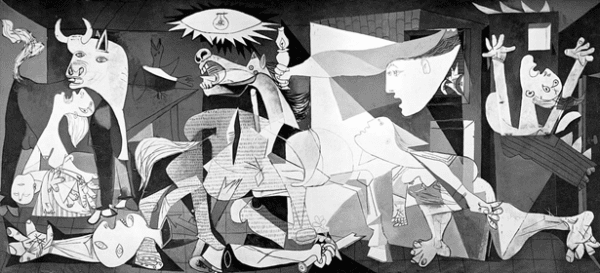Being creative is a really important skill, to prepare you for life after school. It allows you to think about problems you have never encountered before.
Creativity has all of these benefits:
- Useful in many subjects, so, therefore, you can transfer your creative skills to many lessons
- Allows you to express yourself
- Promotes thinking and problem-solving
- Can reduce stress and anxiety
- Allows you to have fun
- Can give you a sense of purpose
- Can lead to feelings of accomplishment and pride
- Can allow you to speak to people with similar interests to you
- Improves your ability to focus
- Can promote risk-taking
- Is needed for innovation
- Encourages you to be a lifelong learner.
Creative people tend to be:
Inquisitive – wondering, exploring, questioning, investigating, challenging assumptions.
Persistent – sticking with difficulty, tolerating uncertainty, resilient.
Imaginative – making connections, using intuition.
Collaborative – giving and sharing feedback, sharing the product, and appropriate cooperation.
Disciplined – developing techniques, reflecting critically, crafting and improving.
Encourage Your Creativity
Learning grids
Your teacher will provide you with a grid of key terms and diagrams.
Roll 2 dice to get a pair of coordinates. Look up the word/diagram on the grid.
Repeat to obtain another word or diagram.
Link the two words – sometimes this will be straightforward, and other times you will have to use your creativity!
Learning grid: GCSE Biology example
Reading images
This is a technique where you will be given an image with space around it, for you to label or annotate key points. This could be things that you can see, that you can infer, or that you would like to know. This enables you to make links with the subject and general knowledge that you already know and to explain your thinking.
There is an overlap with the reading for inference Redhill Learning Skill.
This is an example from GCSE History.
In the afternoon of the 26th of April 1937, German planes began bombing the town of Guernica. They were trying new weaponry and military tactics. Around 250 people were killed.
What was that day like?
Why was it significant?
If the image is more complex your teacher may give you labels to help you to annotate it.
Reading an image: KS3 Science example

For example this image is a painting by Pablo Picasso and shows his interpretation of the events at Guerinca.
Placing the following labels on the painting would encourage you to look at it very closely and try to interpret the message that Picasso was trying to say through his artwork:
- Wailing
- Spain is still standing
- The rest of the world won’t help
- Pain of motherhood
- Nazi brutality
- Scorching
- Glimmer of hope
- Murder of the innocents
- Lifeless corpse
- Anguish
- Chaos reigns
- The matador is slain
- Peace is shattered
- Inside the torture cell
- Beg for mercy
- Stigmata of sacrifice
- Newspapers spread the word
- Resistance is futile

Design
Use your creativity to design something for a specific purpose. Make sure you think about the key features it will need to have.
- Design a plan to attack a castle
- Design an exercise regime
- Design a piece of technology for the home
- Design a flood defence system
- Design a new mammal to live in The Arctic
You could think of lots of features initially and then prioritise the ones that you think are most relevant.
For example, if you were going to design a politician, which five of these features would you want? Why?
- Intellectual
- Humble origins
- Honest
- Good speaker
- Willing to compromise
- Ruthless
- Flexible
- Young
- Entertaining
- Easy to understand
- Hard-working
- Good-looking
- Physically fit
- Good listener
- Has a family
- Has had other jobs
- Sincere
- Has a clear ideology
Investigate
This technique involves a big question, where you will need to use knowledge and estimation, to work out an answer.
The answer will probably be a good estimate, rather than an exact number.
For example:
- “A mammal can, at best, live for about a billion heartbeats and when those are done, it is done.” (Isaac Asimov – 1965)
Is this statement true?
How can we decide – what do we need to know?
- How many jelly babies would it take to fill Wembley Stadium?
What do you need to know to attempt this question?
What would be the most appropriate format for your answer?
First 300 Minutes
Your teacher will set you a big problem to solve. You will have 5 lessons to work together as a team and come up with a solution to the problem. Your group will have to present your solution to the rest of the class.
For example in GCSE Business students had to design and market a new brand of tissues.
During the first five lessons of the year they had to:
- Identify a gap in the market – who is the target audience for a new tissue
- Create a brand identity, including name and logo
- Research packaging and produce a prototype box
- Write an advertising slogan
- Create a promotional poster
- Create an advert (video)
- Create a presentation on the marketing mix, explaining:
- Product – it’s appeal to the target market and packaging
- Promotion – the brand identity and advertising slogan
- Price – retail price (research and justification needed)
- Place –where are you going to sell your product?
The students were given guidance each lesson, but they needed to work well as a group, share ideas and ensure that the whole of the challenge was completed in the time allocated.
First 300 minutes: GCSE Business example

